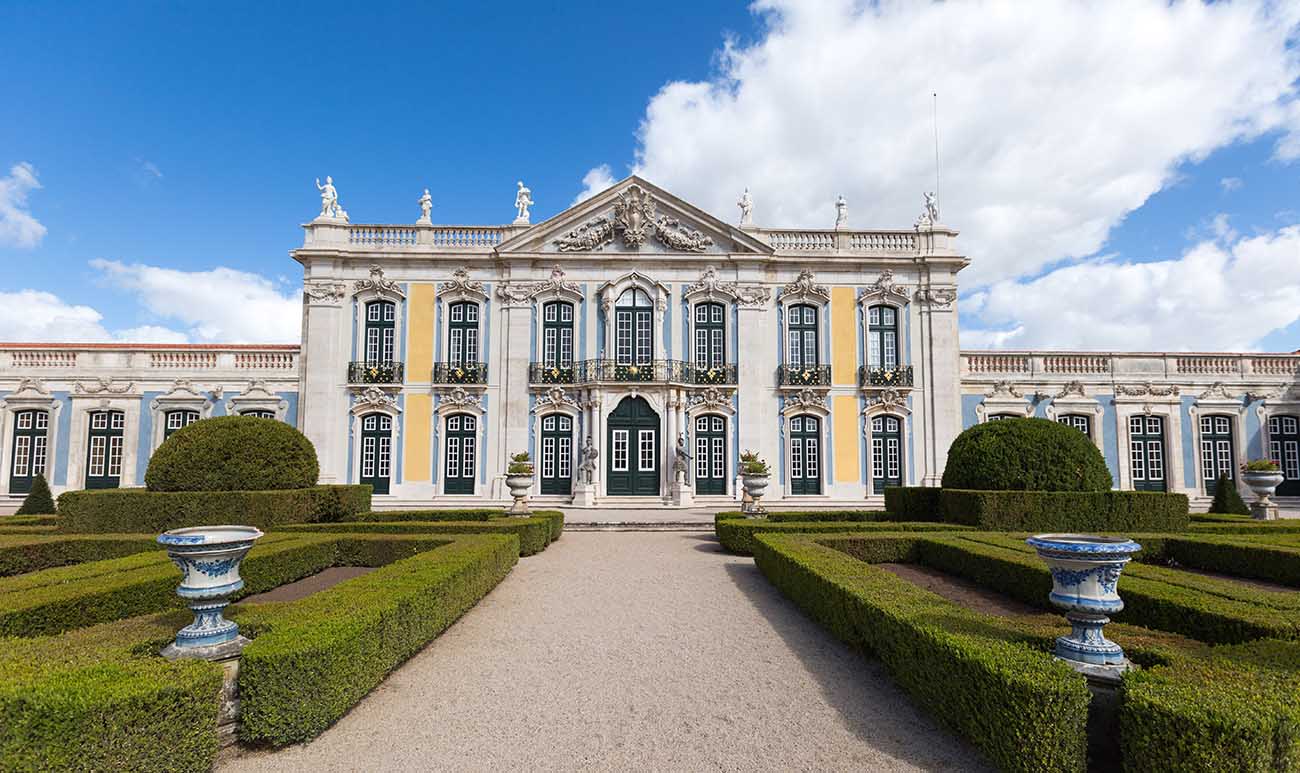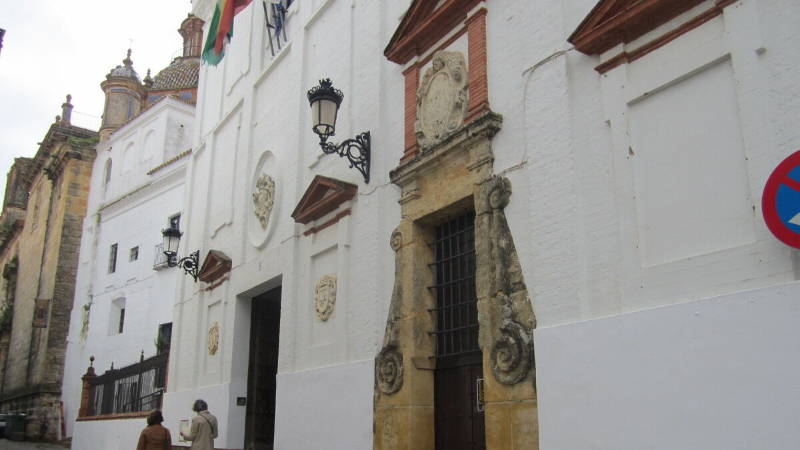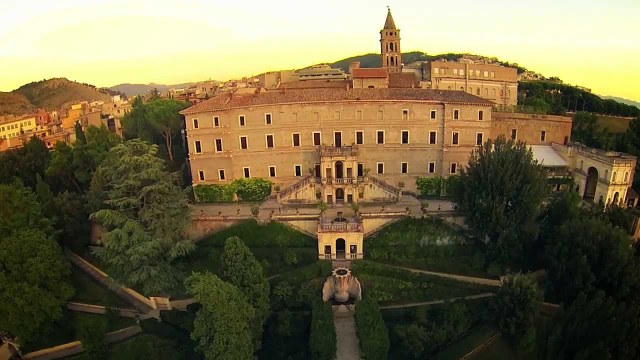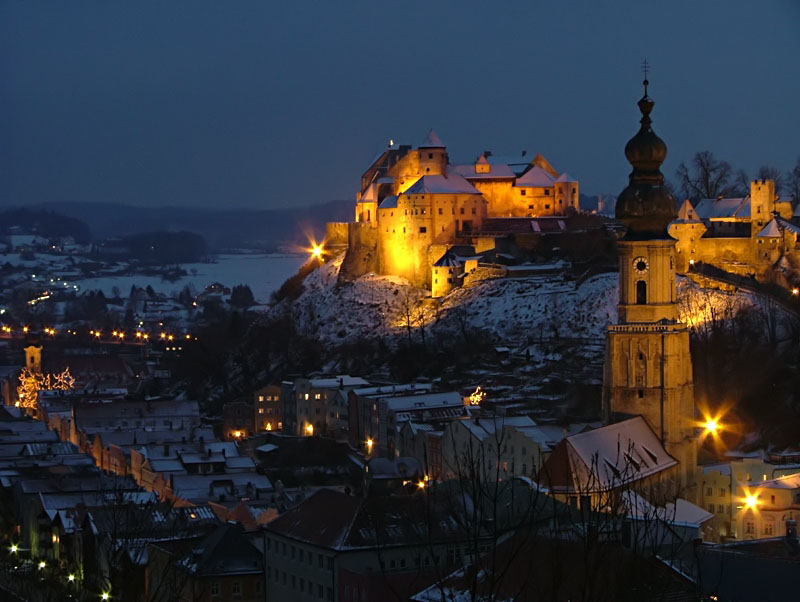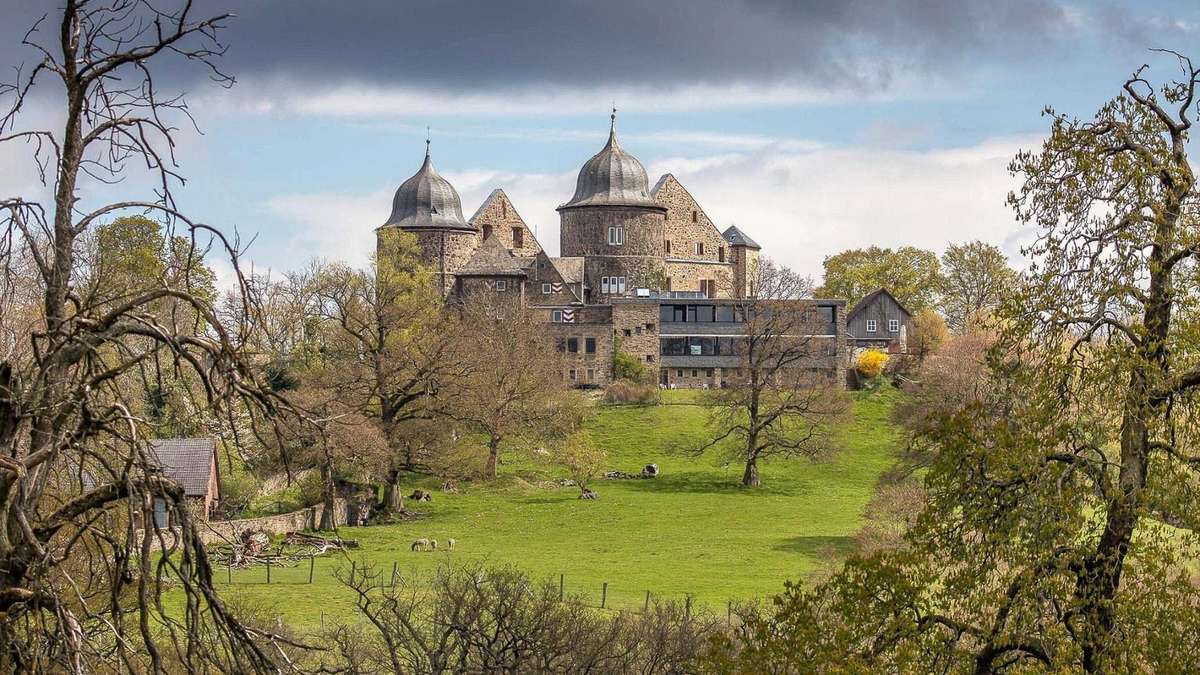Rodrigo’s evocative Concierto de Aranjuez, one of the most beautiful pieces of music to come out of Spain, was inspired by the sights, sounds and smells of the lush gardens of the Palacio Real. In 1561, Philip II, echoing a previous plan drafted by his father emperor Charles V, ordered the old Aranjuez residence to be replaced with a new building which was the precursor of the present Royal Palace. In 1715, Philip V continued with the construction and built the entire structure that presently makes up the main body of the palace. Between 1660 and 1665, it was affected by serious fires and Fernando VI undertook its reconstruction. During the reign of Charles III two side wings, which make up the western part of the building, were added, thus reflecting the taste for French things at the time. Its decor combines Rococo, Elizabethan, Chinese and Moorish motifs. Its restoration was completed last year after ten years of building works.
The gardens that surround it were planned, built and decorated for centuries with the same refinement and care as the building of the Royal Palace. Using Versailles as a model, the idea was to control nature in order to turn the garden into yet another room of the palace. The Jardín de la Isla boasts extensive woodlands, grand avenues and numerous stone and marble fountains devoted to characters and scenes from Greek mythology. On the other side, lies the Jardín del Parterre, famous for its abundant and diverse display of flowers. The Jardín del Príncipe, the largest of all, features broad walkways and a great variety of species of trees.
Aranjuez is also known for its strawberries, and the Strawberry Train comprises antique carriages pulled by a steam locomotive, with staff in period dress handing out strawberries in season. It runs to and from Madrid on spring and autumn weekends.


